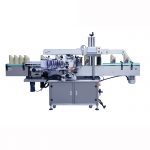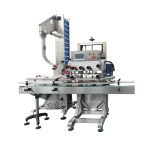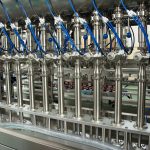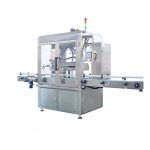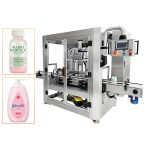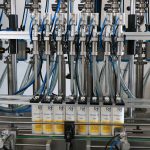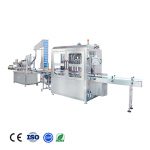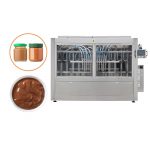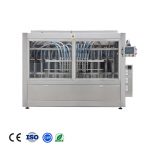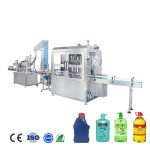What is grease filling machine?
A grease filling machine is a machine that is used to dispense or fill containers with grease. These machines are typically used in industrial settings, such as in factories or warehouses, to fill large quantities of grease for use in manufacturing or maintenance operations. They are often used to fill containers of various sizes, from small tubes or cartridges to large drums or pails.
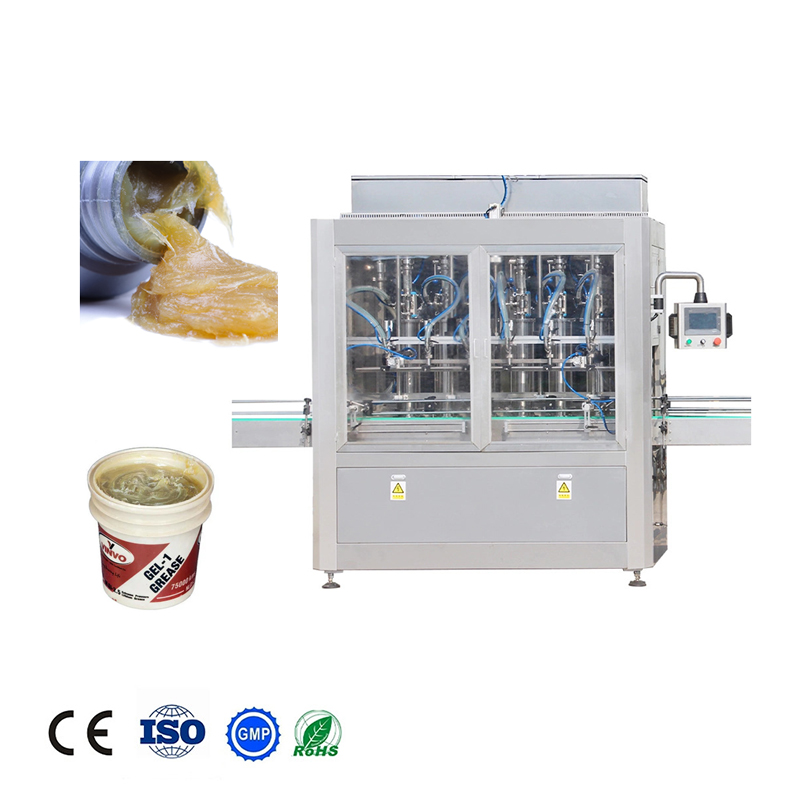
Grease filling machines can be equipped with various features to improve their performance, such as automatic filling nozzles, conveyor belts, and level sensors. They may also be designed to handle different types of grease, such as lithium-based or silicone-based formulations.
What is grease?
Grease is a thick, oily substance that is used as a lubricant or sealant. It is composed of a base oil, a thickening agent, and various additives to improve its performance. Grease is used in a variety of applications, including automotive, industrial, and household settings. It is often used to lubricate moving parts, such as bearings and joints, to reduce friction and wear. It can also be used to seal surfaces and prevent leaks, such as in the gaskets and seals found in engines and other mechanical systems. Grease is available in a range of consistencies and formulations to suit different needs and conditions.
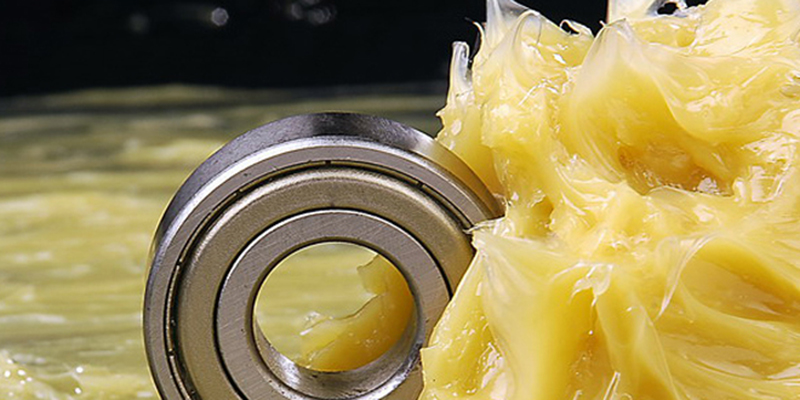
What are the common packaging grease containers?
There are a variety of packaging containers that are commonly used for grease. Some of the most common types include:
Tubes or cartridges: These are small, portable containers that hold a relatively small amount of grease. They are typically made of metal or plastic, and are easy to use with a manual grease gun.
Jars or cans: These are larger containers that hold more grease than tubes or cartridges. They are typically made of metal or plastic, and have a screw-on or snap-on lid.
Drums or pails: These are large containers that hold a large quantity of grease. They are typically made of metal or plastic, and have a removable lid or a spout for dispensing the grease.
How to choose grease filling machine?
There are several factors to consider when choosing a grease filling machine, including:
- Type of grease: Different grease filling machines are designed to handle different types of grease, such as lithium-based or silicone-based formulations. Make sure to choose a machine that is compatible with the type of grease you will be filling.
- Container size and type: Consider the size and type of container you will be filling with grease. Make sure to choose a machine that is capable of filling the specific size and type of container you need.
- Production volume: Consider the amount of grease you will need to fill on a regular basis. Make sure to choose a machine that can meet your production volume needs.
- Accuracy: It is important to choose a grease filling machine that is accurate and consistent in its filling. Look for a machine with a high degree of accuracy, such as one with a level sensor or other precision filling mechanisms.
- Ease of use: Consider the complexity of the machine and whether it is easy to operate. Look for a machine with clear, user-friendly controls and a simple, intuitive interface.
- Maintenance: Consider the maintenance requirements of the machine and whether it is easy to clean and maintain. Look for a machine with high-quality construction and durable components.
- Cost: Consider the cost of the machine and whether it is within your budget. Make sure to also factor in the ongoing costs of operating and maintaining the machine.
What are the types of grease filling machine?
There are several types of grease filling machines, including:
- Piston filling machines: These use a reciprocating piston to dispense grease into containers. They are accurate and can handle a wide range of viscosities, but they are slower than other types of filling machines.
- Net weight filling machines: These use a load cell to weigh the container and dispense the appropriate amount of grease. They are accurate and can handle a wide range of viscosities, but they are slower than other types of filling machines.
- Pump filling machines: These use a pump to dispense grease into containers. They are fast and accurate, and they can handle a wide range of viscosities. However, they may be more expensive than other types of filling machines.
- Volumetric filling machines: These use a measured volume to dispense grease into containers. They are accurate and can handle a wide range of viscosities, but they are slower than other types of filling machines.
How does the grease filling machine work?
The specific way that a grease filling machine works will depend on the type of machine it is. However, in general, grease filling machines are used to dispense a precise amount of grease into containers.
Here is a general overview of how a grease filling machine might work:
- The containers to be filled are placed on a conveyor belt or in a holding area.
- The filling machine is set to dispense a specific amount of grease into each container.
- The grease is drawn from a supply tank or drum and pumped into the filling machine.
- The filling machine dispenses the grease into the containers using a piston, auger, pump, or other mechanism.
- The filled containers are then sealed and labeled, and the process is repeated for the next batch of containers.
It is important to carefully calibrate and maintain grease filling machines to ensure that they are accurately filling containers with the correct amount of grease. This helps to ensure that the finished product meets quality standards and that the grease filling process is efficient and cost-effective.
What are the advantages of grease filling machine?
There are several advantages to using a grease filling machine:
- Accuracy: Grease filling machines are designed to dispense a precise amount of grease into each container. This ensures that the finished product meets quality standards and reduces waste.
- Speed: Many grease filling machines are capable of filling containers at a high rate of speed, which can be beneficial in high-volume production environments.
- Ease of use: Many grease filling machines are designed to be easy to operate and maintain, which can reduce the need for skilled labor and minimize downtime.
- Versatility: Many grease filling machines are capable of handling a wide range of viscosities and can be used with a variety of container sizes and shapes.
- Cost-effectiveness: By accurately filling containers with the correct amount of grease, grease filling machines can help to reduce waste and improve efficiency, which can lead to cost savings.
- Improved safety: Grease filling machines can help to reduce the risk of spills and accidents, which can improve safety in the workplace.
- Consistency: Using a grease filling machine can help to ensure that each container is filled with the same amount of grease, which can improve the consistency of the finished product.
Customize your grease filling line
There are several ways to customize a grease filling line to meet the specific needs of a business:
- Choose the right type of filling machine: As mentioned earlier, there are several types of grease filling machines to choose from, each with its own set of advantages and disadvantages. It is important to choose the right type of filling machine based on the viscosity of the grease, the volume of production, and other factors.
- Select the appropriate container size and shape: Grease filling machines are designed to work with a variety of container sizes and shapes. It is important to choose the right size and shape of container based on the intended use of the grease and the needs of the business.
- Use the appropriate conveyor system: The conveyor system used in a grease filling line should be able to handle the weight and size of the containers and be compatible with the filling machine.
- Choose the right labeling and packaging equipment: Proper labeling and packaging is important for product identification and compliance with regulations. It is important to choose the right labeling and packaging equipment based on the size and shape of the containers and the specific requirements of the business.
- Implement a quality control system: A quality control system can help to ensure that the grease being produced meets the necessary quality standards. This may include regular testing and monitoring of the grease, as well as the use of automated quality control equipment.
- Consider automation options: Automation can help to improve efficiency and reduce the need for labor in a grease filling line. It is important to carefully consider the benefits and costs of automation and to choose the right automation solutions for the business.
By carefully considering these factors, it is possible to customize a grease filling line to meet the specific needs of a business.

